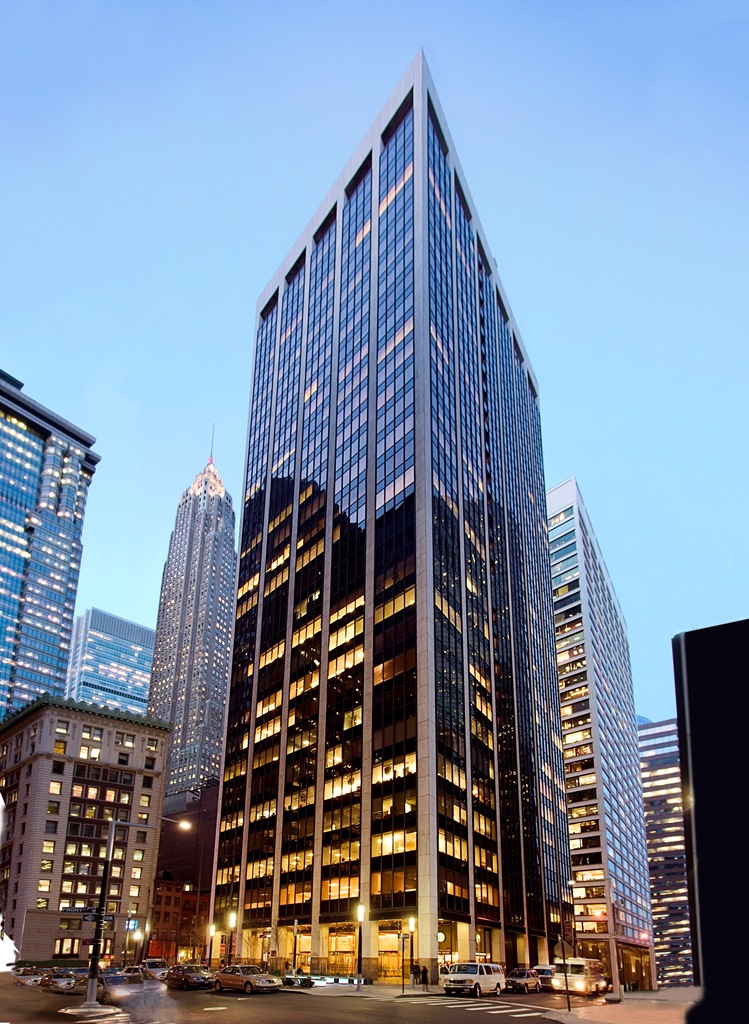Savanna Turns a Corner with 100 Wall St.
Savanna has made its share of major Manhattan dispositions this year, and 100 Wall St. is the latest.
By Barbra Murray, Contributing Editor
Savanna has made its share of major Manhattan dispositions this year, and 100 Wall St. is the latest. The real estate private equity firm and asset management company recently sold the 520,000-square-foot office tower to Cornerstone Real Estate Advisers for $270 million. Now it’s time to buy more.
Lenders are quite keen on providing financing for premier Manhattan assets. New York Life Real Estate Investors came through for Cornerstone with a $137.5 million mortgage loan.
Savanna had owned 100 Wall since 2011, when, acting through Savanna Real Estate Fund II L.P., it acquired the 290-story tower from Lehman Brothers Holdings as part of a foreclosure auction, assuming a $125 million in existing debt. The company later invested $25 million in capital improvements in the property and with the help of commercial real estate services firm JLL’s leasing team–consisting of Mitchell Konsker, Scott Cahaly and Kyle Young–boosted its occupancy level from 78 percent to 97 percent today.
“Savanna has developed an expertise in identifying well-located properties and enhancing the value by implementing extensive capital improvements and leasing up the improved asset at increased rental rates,” Nick Bienstock, managing partner with Savanna, told Commercial Property Executive. The four-year flip was more than a little successful; 46-year-old 100 Wall’s sale price of $528 per-square-foot set a record in the Lower Manhattan office market, as noted in a mid-year report by Commercial Real Estate Direct.
The 100 Wall trade wasn’t Savanna’s only major Manhattan sale this year. Among the transactions was the June disposition of the 510,000-square-foot office high-rise at 1375 Broadway for $310 million, after having snapped it up through Fund II for just $135 million in late 2010. Savanna is a master at repositioning, so while the company has been doing its share of selling, it’s also been doing a bit of shopping.
“We continue to see great opportunities in New York, not only in Manhattan but also in submarkets such as Downtown Brooklyn, Williamsburg, Long Island City and the Bronx,” Bienstock said. “Since many buildings in New York City have an older infrastructure and would require significant investment and unique expertise to be converted into an institutional quality asset, there are many opportunities here to do what we do best.”







You must be logged in to post a comment.